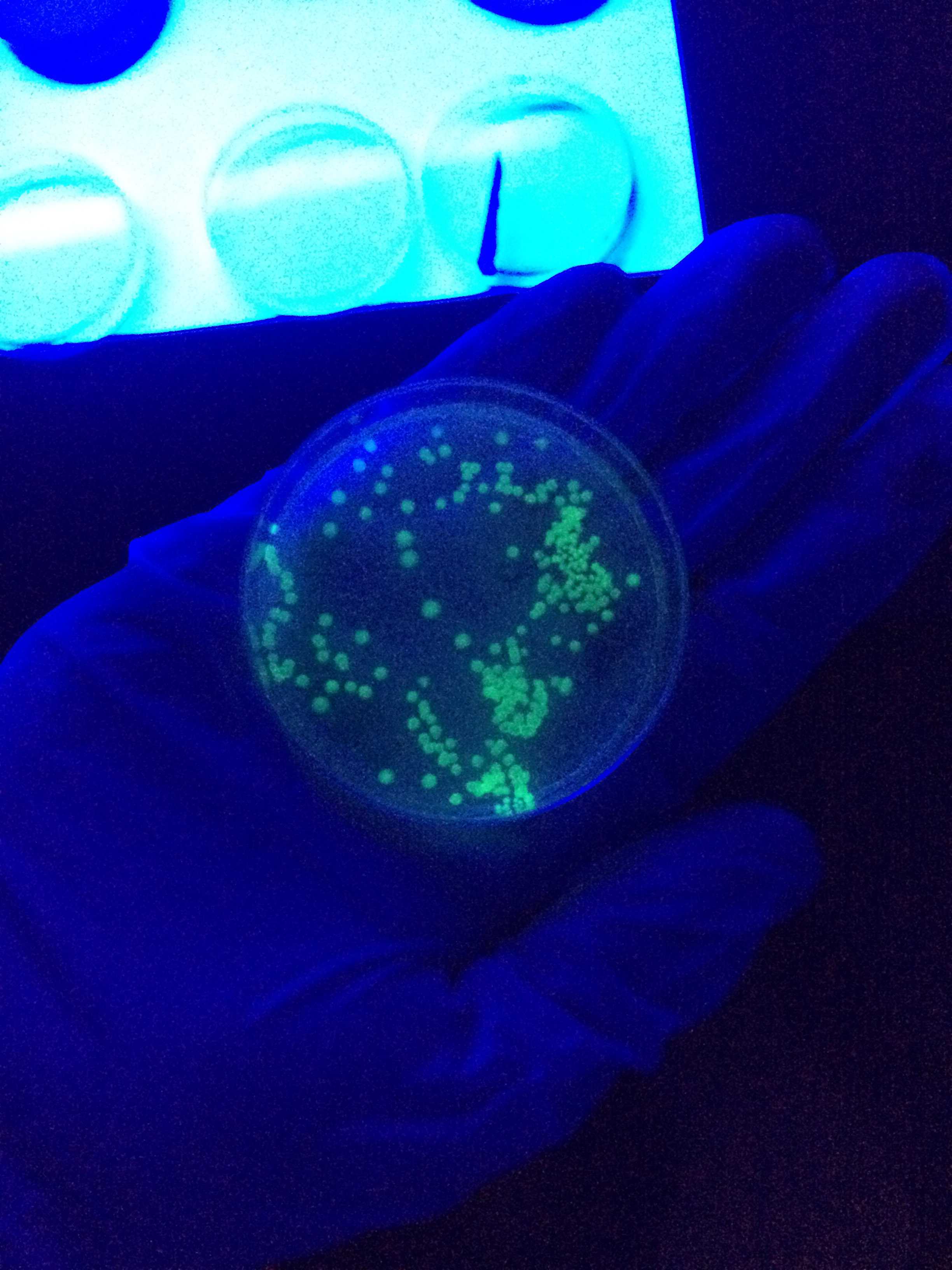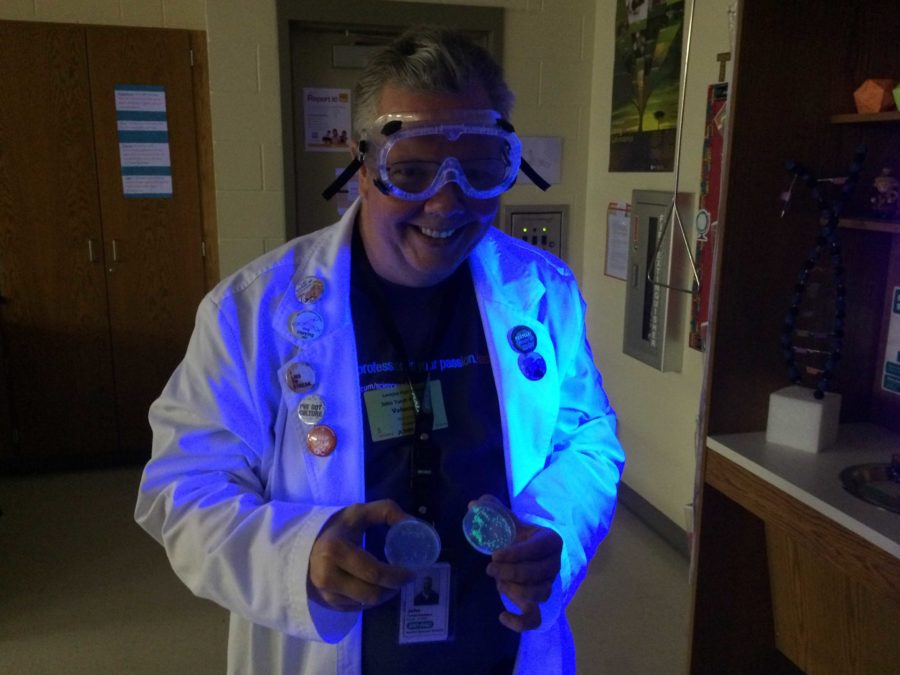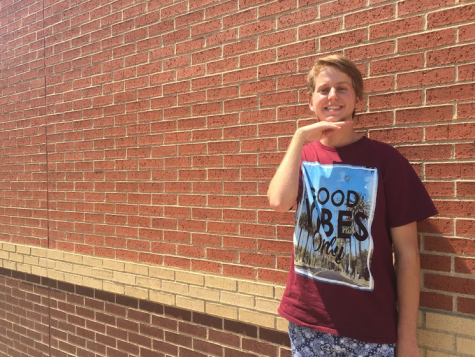Studying with a scientist
Pre-AP, AP bio students get hands-on lesson from pro
Scientist John Yundt-Pacheco visited the AP Biology classroom on Friday to conduct a lab with students.
February 19, 2016
It’s not often that students get a chance to visit face-to-face with true experts in the field they are studying from outside the classroom. Recently, pre-AP and AP biology classes got a chance to talk to scientist John Yundt-Pacheco and organize some real-world experiments for their classes. This week, the scientist was working one-on-one with AP bio classes during a lab.
“[We’ll be working on] things normally learned at the college level so it’s pretty amazing,” AP bio teacher Sadaf Syed said. “Our molecular biology unit is very complex, we’re putting an application spin on everything we’ve learned.”
Yundt-Pacheco’s daughter, Mayra, is a student in an AP biology class.
“Mayra had mentioned her father works for Biorad. I had used their equipment, so I knew they had a division for education,” Syed said. “We got in contact and he offered to help us out.”
Mr. Yundt-Pacheco has a history of scientific achievement in the subject of biology.

The LB-Ampicillian-Arabinos plate displayed glowing bacteria following the first experiment, a bacterial transformation, that John Yundt-Pacheco helped with.
“I made a blood cell analyzer as part of my own company that I sold to Biorad, making me an employee there as well,” Mr. Yundt- Pacheco said. “That’s one of 15 patents I had in America. Right now I’m working on a master’s at Johns Hopkins, and work primarily in clinical diagnostics. I spend a lot of time traveling and meeting with other scientists, and I also work with DNA replication.”
Mr. Yundt-Pacheco’s time in class will be spent across two periods; recently was his time in Pre-AP Bio, where he led a DNA-extraction lab ending in students being able to wear some of the extracted DNA home on a necklace.
His second time in class was in AP Bio and went a step further.
“[We will be] extracting and seeing what you can do with the DNA once you have it,” Mr. Yundt-Pacheco said. “We will check for the location of the 16th chromosome called PV92 and analyze it for deficiencies.”
Students also find that having a professional scientist in class contributes to an overall positive learning experience.
“It’s a great opportunity to have him in, ” Mayra said. “It adds a lot to the class and gives it a new dynamic by giving us more advanced hands-on experience. Hopefully this can become a regular event, making the most of our classroom experience.”






John Yundt-Pacheco • Feb 23, 2016 at 10:38 am
Hi Matthew –
Thank you for the excellent article. I am proud to have the opportunity to participate in a small way in the ongoing efforts of the Lovejoy High School Biology Program at providing their students world-class preparation.
I do need to offer a couple of minor clarifications as some of my Bio-Rad colleagues may be a bit puzzled by your article – my partners and I sold quality control and communication technology that is used with clinical diagnostics analyzers to Bio-Rad along with other assets; but sadly, not the blood analyzers themselves.
With respect to the PV92 experiment, we will be using Bio-Rad Life Science Education’s PV92 PCR Informatics kit to explore variations in the structure of participants’ chromosome 16’s. I point this out because evaluation for chromosomal deficiencies usually takes place in a clinical setting, and we will focused on the biology of molecular genetic variation – and of course the super cool technology for amplifying DNA.
Keep up the great work!
With warm regards-
-jcy-p